In the labyrinth of modern literature, few images haunt the collective consciousness as persistently as Gregor Samsa’s transformation into a monstrous insect. Kafka’s "The Metamorphosis" isn’t merely a grotesque fantasy; it’s a surgical dissection of alienation in industrialized society. The protagonist’s sudden bodily betrayal mirrors the silent erasure of human identity under capitalist machinery—where worth is measured by productivity, and deviation becomes a death sentence.
When Gregor wakes to find himself unrecognizable, his family’s reaction is telling: horror at his form eclipses concern for his humanity. This visceral rejection underscores a chilling truth—in systems that commodify labor, the unproductive body is rendered obsolete. Kafka’s genius lies in making literal what societies mask through euphemisms: the disabled worker, the aging parent, the mentally ill become inconvenient insects, their voices drowned out by the rhythmic clatter of economic progress.
The Samsa household evolves into a microcosm of societal violence. As Gregor’s sister transitions from caretaker to primary breadwinner, her compassion hardens into contempt. Here, Kafka foreshadows the self-perpetuating nature of oppressive structures—the oppressed often internalize their oppressors’ logic. The family’s eventual relief at Gregor’s death exposes the transactional core of familial bonds under duress, where love calcifies into a ledger of contributions.
Modern parallels scream from Kafka’s pages. The gig economy’s algorithmic overlords reduce workers to interchangeable data points, their humanity erased by rating systems. Corporate wellness programs preach self-care while dismantling healthcare—a perverse irony Kafka would appreciate. Even Gregor’s physical confinement finds its digital counterpart in the isolation of remote workers, their virtual cages adorned with ergonomic keyboards and mental health webinars.
Architectural symbolism amplifies the horror. Gregor’s room—initially a sanctuary—morphs into a storage closet for his family’s shame. The door, once a barrier protecting his dignity, becomes a stage for grotesque exhibitions of his insect body. These spatial dynamics mirror society’s treatment of "undesirables": prisons for the poor, nursing homes for the elderly, psychiatric wards for the traumatized—all designed to remove inconvenient truths from public view.
Kafka’s nightmare transcends its early 20th-century origins. Today’s biometric surveillance and productivity tracking tools complete Gregor’s metamorphosis in reverse—workers aren’t turned into insects, but insects are turned into workers. The dystopian clickworker farms of Amazon’s Mechanical Turk platform literalize this dehumanization, where human cognition is harvested like antennae twitches from a beetle.
The story’s infamous ending—Gregor’s corpse discarded like rubbish while his family plans a hopeful outing—reveals capitalism’s ultimate cruelty: disposability masked as resilience. Contemporary layoff culture, with its "transition packages" and career coaching, performs the same macabre dance around the essential truth—some bodies must be sacrificed to maintain the system’s fiction of perpetual growth.
Yet Kafka’s bleak vision contains perverse hope. By rendering alienation unignorably physical, he short-circuits society’s euphemisms. There’s no corporate doublespeak for a man becoming a cockroach. In our era of sanitized exploitation, perhaps we need more such monstrous metaphors—not to shock, but to make visible the silent transformations already underway in our homes, our apps, our mirrored office towers.
The true horror isn’t that Gregor turned into an insect. It’s that the world had already treated him like one long before the transformation—he simply gained the appropriate anatomy. Kafka’s nightmare persists because the machinery of alienation still hums beneath our polished surfaces, waiting for more bodies to fall between its gears.

By /Jul 16, 2025
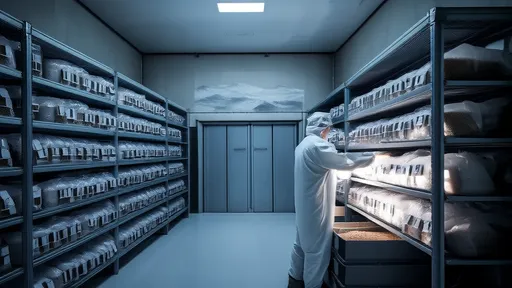
By /Jul 16, 2025

By /Jul 16, 2025

By /Jul 16, 2025
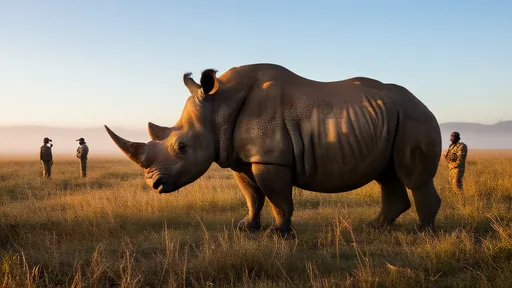
By /Jul 16, 2025

By /Jul 16, 2025
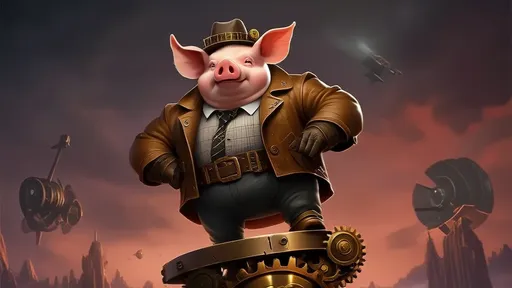
By /Jul 16, 2025

By /Jul 16, 2025
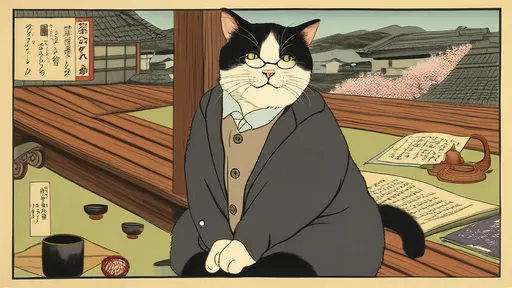
By /Jul 16, 2025
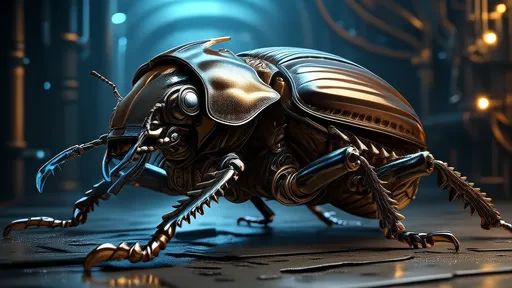
By /Jul 16, 2025
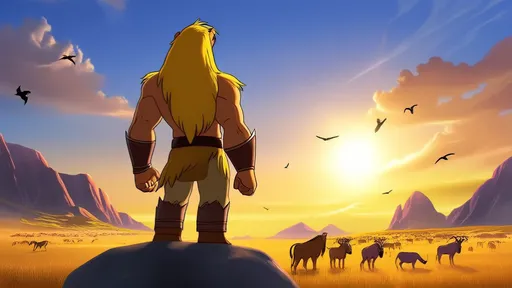
By /Jul 16, 2025
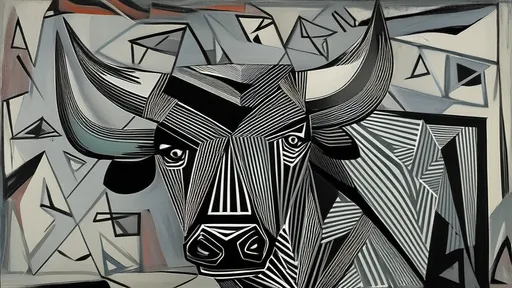
By /Jul 16, 2025

By /Jul 16, 2025
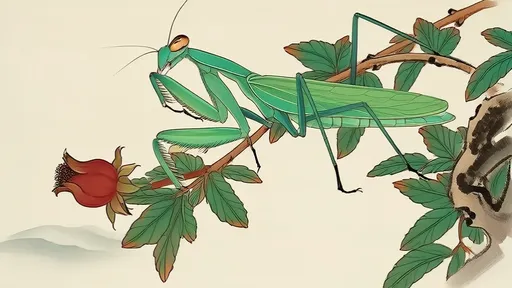
By /Jul 16, 2025
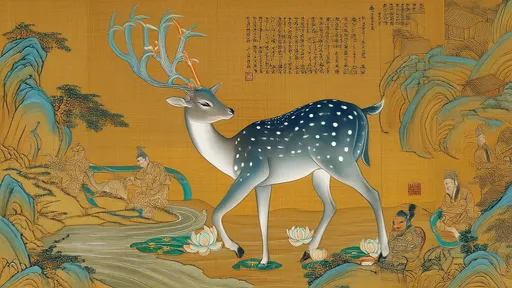
By /Jul 16, 2025

By /Jul 16, 2025
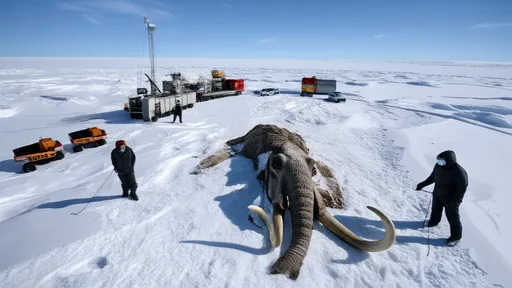
By /Jul 16, 2025
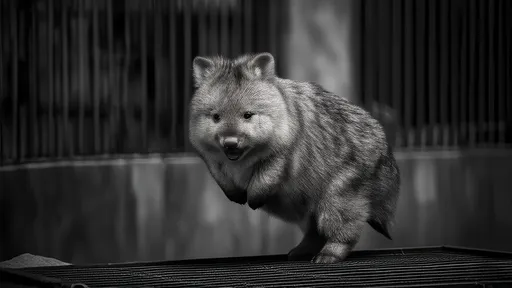
By /Jul 16, 2025
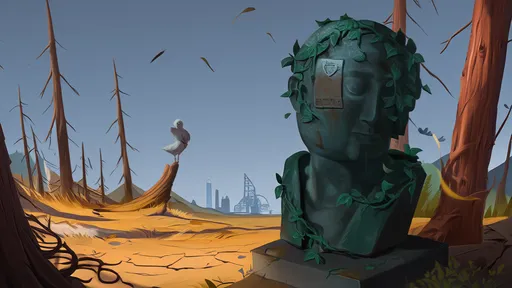
By /Jul 16, 2025

By /Jul 16, 2025